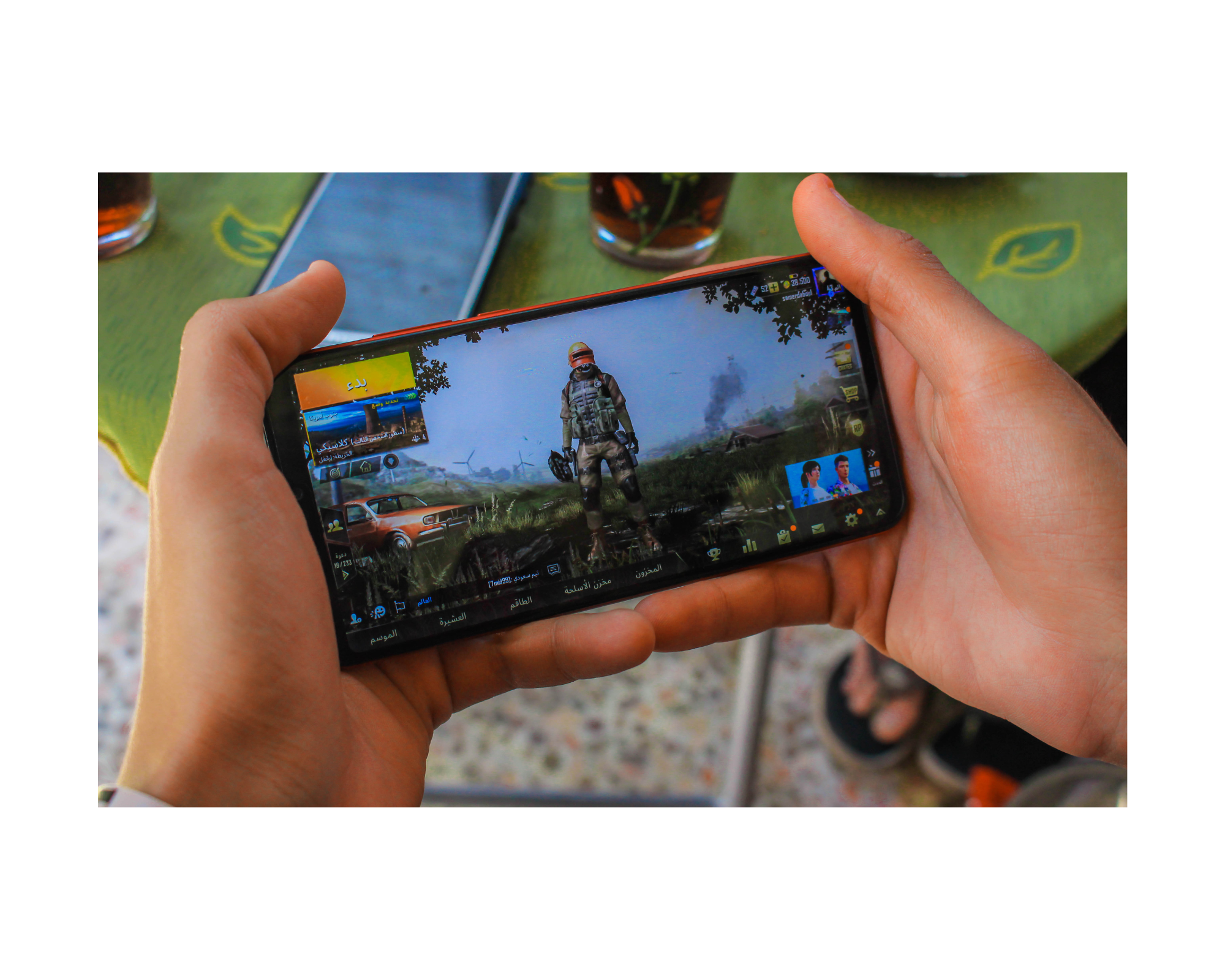Title: The Art of Game Design: Behind the Scenes of Creating Immersive Worlds
Introduction:
The world of video games is a rich tapestry woven with creativity, innovation, and the skilled craftsmanship of game designers. Behind every captivating gaming experience lies an intricate process of game design, where developers meticulously craft immersive worlds, compelling narratives, and engaging mechanics. This article explores the artistry and methodology behind game design, shedding light on the intricate process that brings virtual worlds to life.
Conceptualization and Inspiration:
Game design often begins with a spark of inspiration, be it a captivating story idea, a unique gameplay mechanic, or a visually striking concept. This initial phase involves brainstorming and conceptualizing the fundamental elements that will define the game. Designers draw inspiration from various sources, including literature, art, films, and even real-world experiences, to create a foundation for their virtual worlds.
Storytelling and World-Building:
A key aspect of game design is the crafting of a compelling narrative and the creation of a detailed game world. Storytelling in video games goes beyond traditional linear narratives, often incorporating player choices and branching paths that impact the overall experience. Game designers work on world-building, defining the lore, history, and cultural aspects of the game universe to provide players with a sense of immersion and context.
Character Design and Development:
Characters are the heart of any game, and their design plays a crucial role in connecting players to the virtual world. Game designers collaborate with artists to conceptualize and bring characters to life, considering not only their appearance but also their personalities, motivations, and roles within the game’s narrative. The goal is to create characters that resonate with players, forging a strong emotional connection that enhances the overall gaming experience.
Game Mechanics and Interactivity:
At the core of game design is the development of mechanics that govern player interactions within the virtual world. Whether it’s mastering complex combat systems, solving intricate puzzles, or navigating open-world environments, game designers carefully design mechanics that balance challenge and reward. The interactivity of games is a key element that distinguishes them from other forms of entertainment, and designers strive to create engaging and intuitive systems that keep players invested in the experience.
Visual and Audio Design:
The visual and auditory elements of a game contribute significantly to its atmosphere and emotional impact. Graphic designers, animators, and sound engineers collaborate to create visually stunning environments, realistic character animations, and immersive soundscapes. The art direction and style of a game are integral to establishing its identity, and designers make deliberate choices to evoke specific moods or themes that align with the overall vision.
Iterative Design and Playtesting:
Game design is an iterative process that involves continuous refinement and playtesting. Designers create prototypes to test mechanics, gather feedback, and identify areas for improvement. Playtesting is a crucial phase where real players experience the game, providing insights into its strengths and weaknesses. This iterative cycle allows designers to fine-tune the gameplay, address issues, and ensure a smooth and enjoyable experience for players.
Balancing and Tuning:
Balancing is a critical aspect of game design, especially in multiplayer or competitive games. Designers meticulously analyze player feedback and data to adjust variables such as character abilities, weapon stats, or difficulty levels to create a balanced and fair experience. Tuning involves optimizing the game’s performance, addressing bugs, and ensuring a seamless playing experience across various platforms.
Adaptability and Evolution:
The gaming industry is dynamic, with technology and player preferences constantly evolving. Game designers must be adaptable, embracing emerging technologies, trends, and player expectations. Continuous updates, expansions, and DLCs (Downloadable Content) allow games to evolve over time, keeping them relevant and maintaining player engagement.
Collaboration and Teamwork:
Game design is a collaborative effort that involves a diverse team of professionals, including designers, artists, writers, programmers, and more. Effective communication and collaboration are crucial for translating ideas into a cohesive and polished final product. Each team member brings unique skills and perspectives, contributing to the synergy required to create a successful game.
Conclusion:
The art of game design is a multifaceted and intricate process that combines creativity, technical expertise, and a deep understanding of player engagement. Behind every immersive gaming experience is a team of passionate designers dedicated to crafting worlds that captivate, challenge, and inspire players. As the gaming industry continues to evolve, the artistry of game design remains at the forefront, shaping the future of interactive entertainment.



